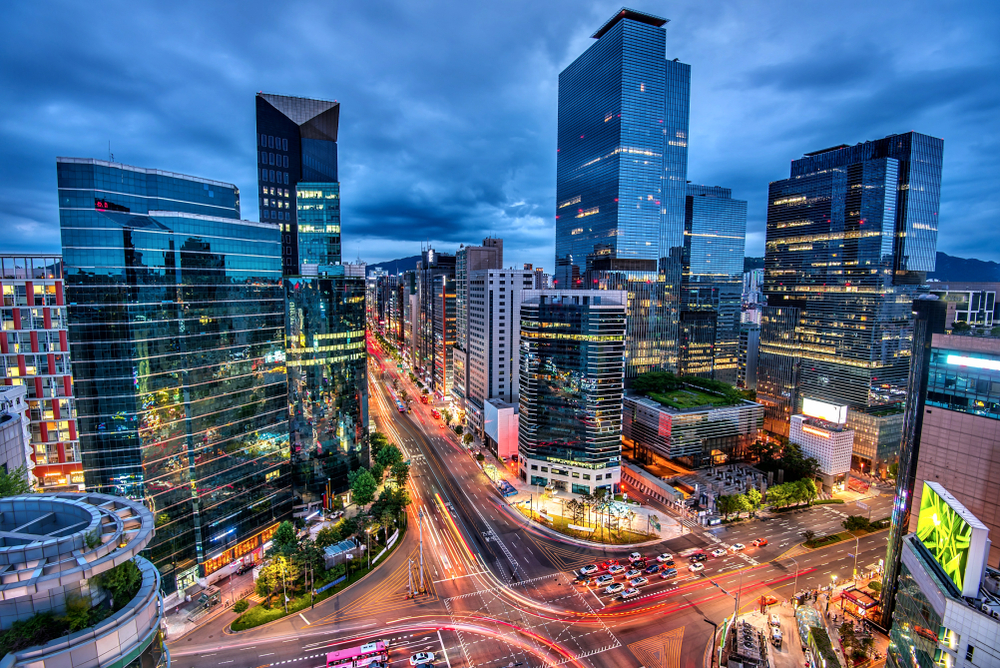
Whether you’re a K-pop fan or not, you’ve undoubtedly heard of BTS. The seven-member boy band from Seoul has broken music sales and streaming records in both 2020 and 2021. Religion may not be on your mind when you’re listing to songs like “Dynamite” and “Butter,” but it’s rumored that BTS members V, Jungkook, and J-Hope may be Christians. And they’re not the only ones. Many K-pop idols like Blackpink’s Rosé and solo artist Ailee also call Christianity their faith.
The abundance of South Korean artists and actors who are Christian isn’t surprising. Pew Research Center revealed that around 29% share this faith. PBS’s Hidden Korea series insists that the number is much higher – around 51%. Similar trends exist among Canada’s 240,000 Koreans. So how did an Abrahamic monotheistic faith gain ground in an East Asian country? As it turns out, Korean Christianity has a complex and fascinating history.
Buddhism, Confucianism, and Catholicism
During our lifetimes, we’ve only known Korea as a divided country. The horrors suffered by North Koreans under its current regime frequently make headlines. But Korea’s split into north and south happened in 1945. Its history spans thousands of years, during which several dynasties ruled. The last of these was the Joseon dynasty, ending in the early 20th century.
Korea’s pre-modern religious history begins with its Shinism. This early folk religion blended polytheistic and animistic beliefs. Buddhism arrived during the fourth century C.E. during its Three Kingdoms period. Confucianism rose to prominence during the 14th century C.E.
Meanwhile, Christian missionaries came at various times. By the late-1880s, both Protestant and Catholic schools existed. In 1887, Scottish Presbyterian missionary John Ross finished translating the Bible into Korean.
Oppression and War, Then Hope
Korea became a protectorate of Japan in 1905, but Japan’s rule truly began when it annexed the country in 1910. What followed was three and a half decades of oppression, as History explains. Koreans saw their language erased from public life as Japan forbid its use. The ruling government also burned many books, including over 200,000 Korean historical documents. Thousands of Koreans ended up in forced labor. Many women were trafficked into Japanese military brothels. And as a final insult, the government forced Koreans to worship at imperial Japanese shrines.
After the end of World War II, Korea existed in two separate regions. Historian and professor Ji-Young Lee breaks it down: The north was under Soviet rule, while the United States controlled the south. By 1948, each region had its own government – North Korea’s in Pyongyang and South Korea’s in Seoul. When Kim Il-Sung marched into South Korea in 1950, his actions started the Korean War.
During the war, many South Koreans encountered Christianity. USC professor Diane Winston adds that their positive impression of the faith was thanks to American support against Soviet-backed North Korea. They associated this religion with prosperity, liberty, and “divine blessings,” as Winston puts it. The liberation narrative of Exodus also resonated with some South Koreans – they saw parallels between their tribulations and the ancient Israelites in Egypt.
Christianity in Modern South Korea
Today, Christianity in South Korea includes Catholicism and more than 100 Protestant denominations. Though theological diversity exists, megachurches like Yoido Full Gospel Church in Seoul attract many followers. And as in the West, conservative evangelism plays a large role in Korean culture and politics. Winston explains that it shares some similarities with Confucianism – traditional gender roles, a focus on family, and reverence for authority.
There are nearly 500 Korean Christian congregations across Canada. In large metro areas such as Toronto, Koreans have a wide range of fellowship and worship options. While there are ideological differences between younger Korean Canadians and their elders, faith remains important to both. As Canadian culture changes, Korean Christian spirituality makes up an important part of the country’s religious landscape.


